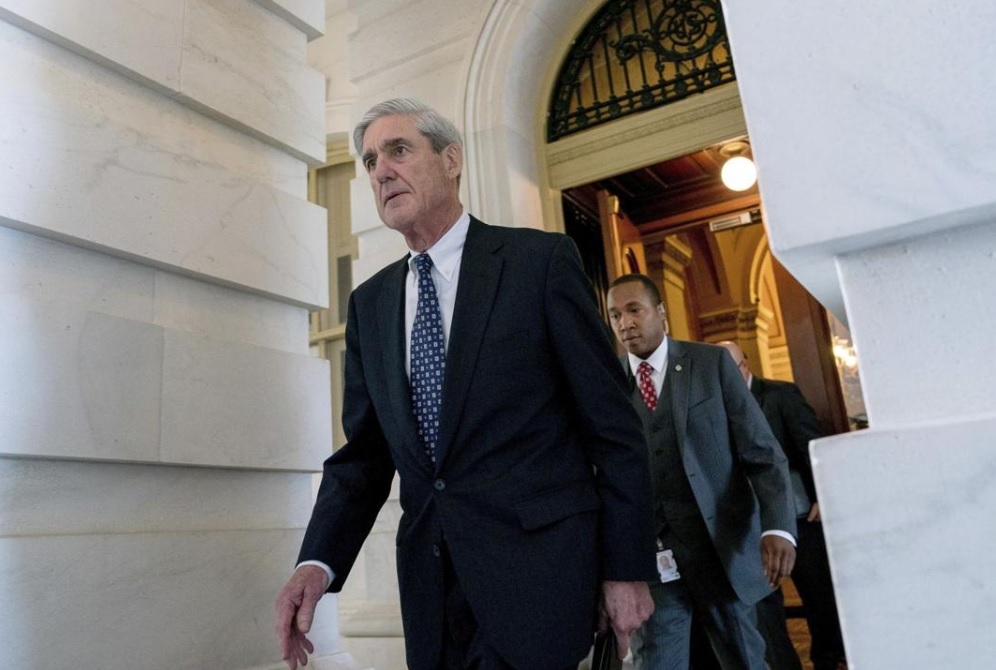President Trump tweeted this week that the Fed should slash rates by one percentage point — a move only implemented when the nation was submerged in a financial crisis.
The Federal Reserve held interest rates steady on Wednesday for the third time this year, ignoring calls from President Donald Trump to slash rates by as much as one full percentage point in order to further boost the economy.
“We have the potential to go up like a rocket if we did some lowering of rates, like one point,” tweeted Trump on Tuesday. “With our wonderfully low inflation, we could be setting major records.”
The last time the Fed cut its benchmark lending rate by one point was in December 2008, when the nation was in the grip of a financial crisis. Today, with GDP at 3.2 percent annual growth, unemployment at a near-historic low of 3.8 percent, and the stock market chalking up record highs, the economy is far from recession-era levels.
However, economic growth in the U.S. is expected to slow this year as the wider global economy cools and the impact of Trump’s $1.5 trillion fiscal stimulus plan begins to fade. A monthslong trade war between the U.S. and China continues to weigh on global economic growth.
While the Fed has continually emphasized its independence, it has faced increasing pressure from Trump. He has repeatedly — and publicly — criticized the central bank and its leadership, despite nominating Jerome Powell, a Republican multimillionaire and former hedge fund investor, to be chairman.
In December, the Fed raised rates for the fourth time in a year and said it would recommend two rate hikes this year. Markets plunged and Trump blamed Powell for the sell-off, a rebuke that roiled markets and even prompted an 11th-hour call to the nation’s top banks from Treasury Secretary Steven Mnuchin to confirm that markets can “continue to function properly.”
At its March meeting the Fed sharply changed course, indicating no hikes at all for 2019. The major stock market indexes are currently up by around 22 percent since their December lows.
The Fed’s stated goal, as assigned by Congress, is to promote maximum employment and price stability through monetary policy. Yet, Powell has found he must walk a fine line between pleasing markets and the White House, while maintaining the agency’s independence in the face of political pressure.
“I think the Fed has shown over the last several years to be very equity market-dependent,” Andrew Thrasher, founder of Thrasher Analytics, told NBC News. “Their actions have often followed large moves within the U.S. stock market, creating a third unofficial mandate for the Federal Reserve of volatility management.”
Increased politicization around future policy makers at the Fed has also come into focus. Trump’s most recent picks for two spots on the Fed’s board of governors have faltered before any official nomination process could begin. Herman Cain withdrew last month after losing Senate support for his possible nomination, after repeatedly criticizing the central bank and weathering a series of sexual harassment allegations.
In withdrawing his name from consideration for the Fed position, Cain cited the strict “ethical restrictions” that would have limited his income while serving on the Fed board.
The potential nomination of Stephen Moore has also met with controversy. In addition to questions related to his nonpayment of thousands of dollars of alimony and child support to his ex-wife, the economics commentator has long expressed disdain for the central bank. In a recent write-up, Moore called for Powell to resign and criticized the Fed’s “crackerjack logic” and “tone-deaf” monetary policy.
The White House said this week that it would be reviewing Moore’s writings in view of his suitability for the position. “When we have an update on that front, we’ll let you know,” White House press secretary Sarah Sanders told reporters on Monday.
The Fed’s current interbank lending rate ranges from 2.25 percent to 2.5 percent. It is used by financial institutions to determine interest on consumer debt such as credit cards, car loans and home equity loans.

COMMENTS